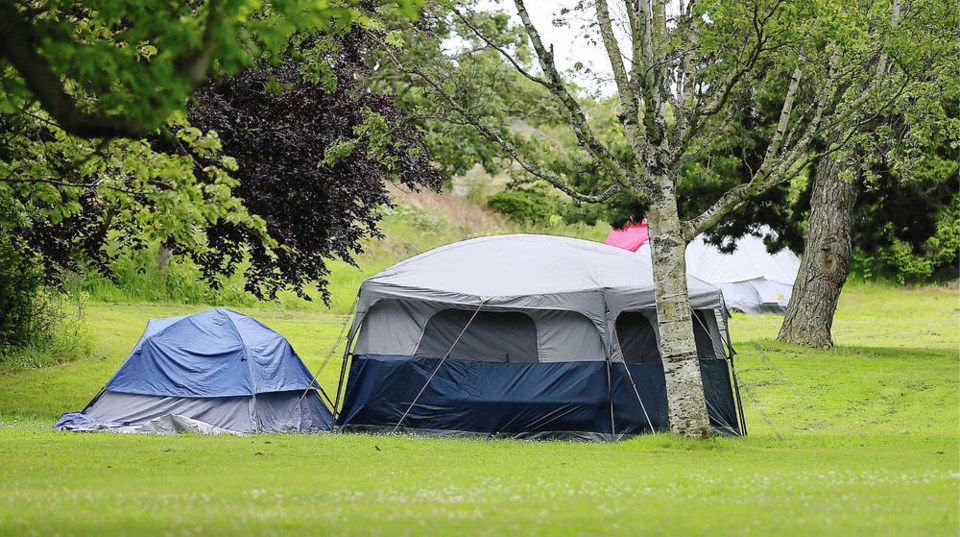It is estimated that approximately 35,000 Canadians experience homelessness on any given night, and at least 235,000 Canadians are homeless in any given year.
This seems a strange state of affairs given that in 2020, Canada is once again rated as one of the world’s most prosperous economies.
The latest edition of the World Economic League Table places Canada as the world’s 10th-largest economy based on its GDP of $1.731 trillion US ($2.251 trillion Cdn) in 2019.
During recent decades however, public funding for resources to assist low-income people has not kept pace with growing needs.
The result was has been a rise in homelessness.
Before the 1980s the sight of people living in cars, on the streets, or out in the woods was just a distant memory of the Great Depression.
But starting in 1984, according to the Canadian Observatory on Homelessness, a non-partisan research and policy partnership between academics, policy and decision makers and service providers housed at York University, mass homelessness in Canada emerged as a direct result of government cutbacks to social housing and related programs which attended to issues like drug addiction and mental health.
All this in one of the world’s most prosperous nations.
In 1993, federal spending on the construction of new social housing came to an end. In 1996 the federal government passed the responsibility for most existing federal low-income social housing to the provinces – which did not pick up the ball.
At about the same time new, powerful and easily accessible illegal drugs, which had come onto the scene in the late sixties, increased the addiction rate.
The stigmatization of mental health problems along with drug dependency and a lack of support or services for those transitioning off the street or from shelters, out of youth centres, detention or mental health hospitals, left those in need of these services with nowhere to go except back to the street.
The reduction of mental heath services in B.C. began in earnest with the 1969 government decision to downsize facilities such as Coquitlam’s Riverview.
In 1990 the decision was officially made to reduce Riverview to a 358-bed facility, but with the promise of opening regional care facilities throughout the province.
But that promise was never really fulfilled.
To make matters worse the expansion of technology in workplaces resulted in some jobs disappearing altogether in favour of profit margin.
Again, it was low-income unskilled people who shouldered the brunt of these changes. Yet Canada is not alone in experiencing the escalating problem of homelessness.
In the last year in the United Kingdom, the number of people “sleeping rough” rose by seven per cent.
In Germany, the past two years saw a 35 per cent increase in the number of homeless, while in France, there has been an increase of 50 per cent in the past 11 years.
Across Europe, the picture is much the same.
Except in Finland.
While most homelessness policies work on the premise that the homeless person must sort through the myriad of problems that resulted in their situation before they can get permanent accommodation, Finland does the opposite — it provides homeless folk with a home first and then begins to analyze and work on the issues which created the homelessness.
The scheme, introduced in 2007, is called Housing First.
The homeless are provided with housing, which can range from a self-contained apartment to a housing block with round-the-clock support. And it is the provision of support services that has been the key to Finland’s success.
“Services have been crucial,” says Helsinki’s mayor, Jan Vapaavuori, who was housing minister when the original scheme was launched. “Many long-term homeless people have addictions, mental-health issues, medical conditions that need ongoing care. The support has to be there.”
As an example, at Rukkila, a supported housing unit on the outskirts of Helsinki, seven staff support 21 tenants. In-house assistance ranges from practical help navigating bureaucracy and getting education, training and work placements to activities including games, visits and learning — or re-learning — basic life skills such as cleaning and cooking.
“Above all, homeless people need stability and content in their lives” says Emmi Vuorela, who works as project co-ordinator at Rukkila.
Canada could take note.
Geoff Johnson is a former superintendent of schools.



